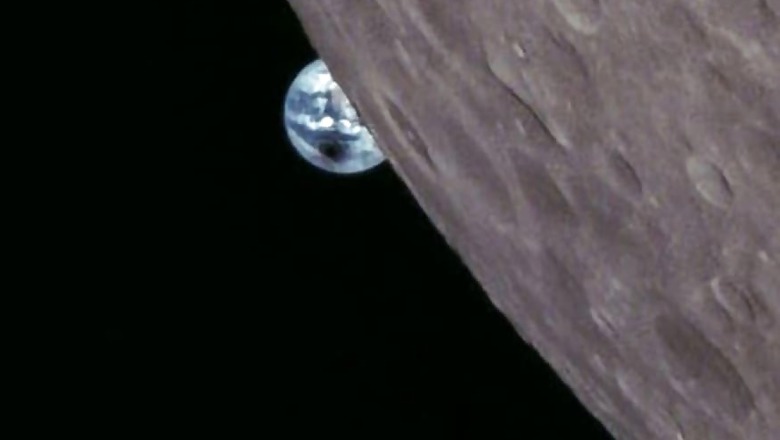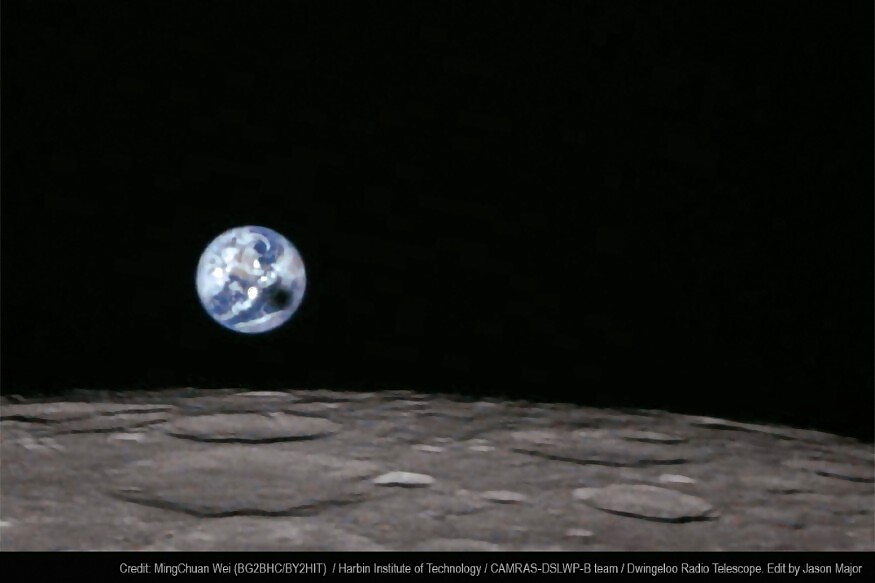
views
Space photos often have a sense of mystery about them, and that is exactly what a tiny, barely funded camera caught back in 2019. Called the Inory Eye, the camera was built by students, and carried into lunar orbit as part of China’s Longjiang-2 satellite. Pulling off a mighty feat, on July 2, 2019, Inory Eye captured a sight that no humans could have – that of the moon casting its long, forlorn shadow on Earth as it created a trajectory during a lunar eclipse. The sight is an everlasting one, and shows us the other side of an eclipse in a haunting photograph that has been processed by a scattered group of space enthusiasts, researchers and students.

Built with a radio transmitter by students at China’s elite Harbin Institute of Technology, Universe Today reports that the commands for taking the photographs were programmed by Ming-Chuan Wei of Harbin Institute of Technology. Once the photographs were taken, they were uploaded to a transmitting satellite by German amateur radio astronomer, Reinhard Kuhn. Following this, a group of amateur space observers operating the Dwingeloo Telescope in The Netherlands downloaded them to be processed here on Earth.
Once downloaded, the observers realised that the photographs captured by the camera had one flaw – they had a reddish-purple hue that made the photographs look strange. Thankfully, graphic designer Jason Major, who describes himself as a “graphic designer, photographer, nature lover, and space exploration fanatic” in the bio of his own project, Lights in the Dark, offered his services to post-process the images and give them the correct colour coordinates. The result is a beautiful photograph that looks equal parts haunting and stunning.
The photograph will stand as a reminder of how space projects with far smaller fundings can also show magical moments that would otherwise fall on the blind spot of the human eye. This project had a fraction of funding and support in comparison to more established ventures originating from the likes of USA’s NASA, Europe’s ESA, Russia’s Roscosmos and India’s ISRO, as well as private operators such as SpaceX. Unfortunately, Inory Eye saw its last soon after taking this photograph, when the Longjiang-2 satellite was crashed into the lunar surface as a planned impact on July 31, 2019.




















Comments
0 comment